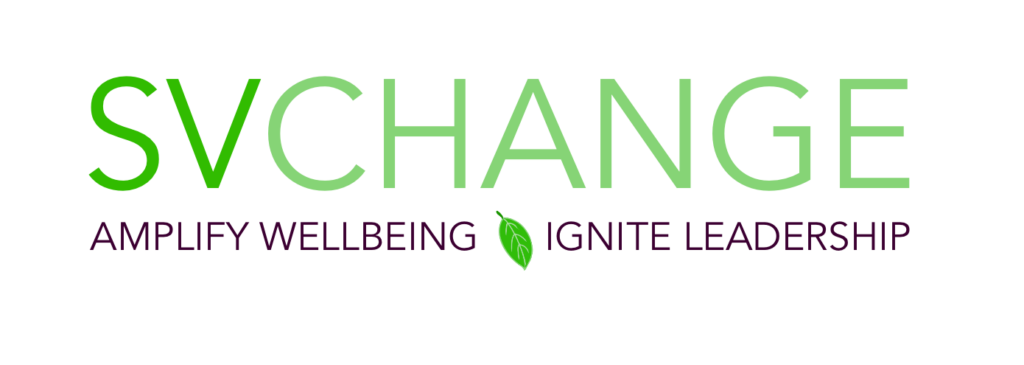In today’s world, where artificial intelligence and technology are advancing at a super-sonic rate, it can feel like we’re all struggling to keep up. Every week I feel like I’m waking up 10 years behind!
Sound familiar? This speed of change can be overwhelming, especially in workplaces facing relentless change.
In a fast-paced, competitive world, the confidence of your people and teams is no longer just a nice-to-have. It’s the “killer app” — the essential skill that enables quick, decisive action. When people are not confident they hesitate to share their ideas, question assumptions, and don’t move forward on new opportunities. This slows the team down. And when you’re slow, you risk missing the boat altogether, watching as your competitors move swiftly past you.
Dr Fred Luthans, a leader in positive organizational behavior, has highlighted that self-efficacy is what drives performance in organizations. Self efficacy is the belief that we can be successful in any given endeavor. It is similar to confidence, but more action-oriented.
When people believe in themselves, they engage in the behaviors necessary to be successful.
Further research shows that team efficacy, also known as collective efficacy, is an even greater driver of performance. For organizations looking to thrive and win in today’s AI-driven landscape, nurturing this collective confidence is essential.
There are many ways to build collective confidence. Here are two effective approaches leaders can take to cultivate team confidence, build a culture of self-reliance, and empower your team to handle challenges with resilience.
1. Enable Problem Solving — Don’t Solve Problems for Them
When employees approach you with a problem, instead of offering solutions, empower your team members to discover answers to their own problems. This approach builds confidence and competence, allowing people to own their learning process. Invite them to brainstorm solutions by asking them to identify three possible ways to tackle a problem, and then guide them in evaluating each option together. When team members develop solutions themselves, their confidence grows alongside their competence. They don’t just feel more capable — they actually become more capable.
Competence breeds confidence.
Another reason you want your team to learn how to solve their own problems is you are actually building their confidence in their problem-solving abilities and you build confidence in their own abilities to navigate challenges. This resilience — knowing that they can figure things out, no matter what — encourages them to take calculated risks and pursue innovative ideas.
Teams that have confidence in their problem solving abilities are more agile, less afraid of failure, and more willing to try new approaches.
They don’t hesitate when challenges arise because they trust in their ability to find solutions. And that trust translates into a competitive advantage, as team members move swiftly and assuredly toward their goals.
2. Foster Alignment Through Co-Creation
When you work together with your team to co-create solutions, they’re more likely to feel connected to the outcome. This sense of ownership drives motivation and leads to quicker action. Co-creation gives employees a stake in the process, making them more committed to following through. I once worked with a sales manager who struggled with a top-down directive approach. When we shifted toward co-creating solutions with the team, engagement and performance shot up. People were no longer “just following orders”; they were invested in our success.
In today’s AI-driven era, where change is constant, confidence isn’t just a trait — it’s a necessity. Empowering teams with collective confidence fuels innovation, enables rapid decision-making, and ultimately fosters resilience.
As leaders, let’s encourage problem-solving, foster alignment through co-creation, and strengthen our teams’ confidence in their own abilities.
Because when it comes to thriving in the fast lane of today’s world, confidence truly is the killer app.
Louisa Jewell is a positive leadership coach and well-being educator. Her best selling book: Wire your Brain for Confidence; The Science of Conquering Self-Doubt, is choc full of practical strategies for building confidence and self-efficacy.










